Chapter 34
Animal Nutrition and the Digestive System
By Boundless

Animals use the organs of their digestive systems to extract important nutrients from food they consume, which can later be absorbed.

Animals can be carnivores, herbivores, or omnivores in their eating strategies.
Invertebrate digestive systems include a gastrovascular cavity with one opening or an alimentary canal with a true mouth and anus.
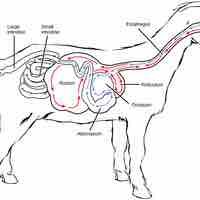
Vertebrates may have a single stomach, several stomach chambers, or accessory organs that help to break down ingested food.
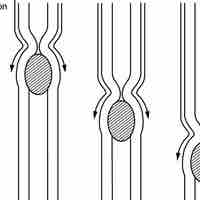
Animal digestion begins in the mouth, then moves through the pharynx, into the esophagus, and then into the stomach and small intestine.
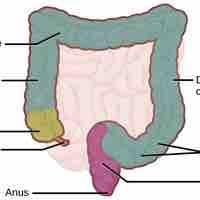
Nutrients are absorbed in the small intestine and waste is prepared for elimination in the large intestine.
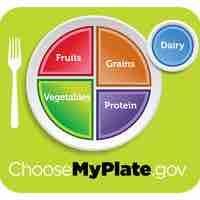
Essential nutrients are those that cannot be created by an animal's metabolism and need to be obtained from the diet.
Animals use energy for metabolism, obtaining that energy from the breakdown of food through the process of cellular respiration.
The first step to obtaining nutrition is ingestion, a process where food is taken in through the mouth and broken down by teeth and saliva.
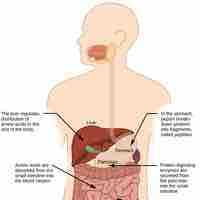
In order for nutrients (carbohydrates, lipids, vitamins) to be absorbed for energy, food must undergo chemical and mechanical digestion.
Undigested food enters the colon where water is reabsorbed into the body and excess waste is eliminated from the anus.
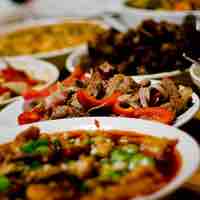
All three phases of digestive responses to food (the cephalic, gastric, and intestinal stages) are managed through enzymatic neural control.
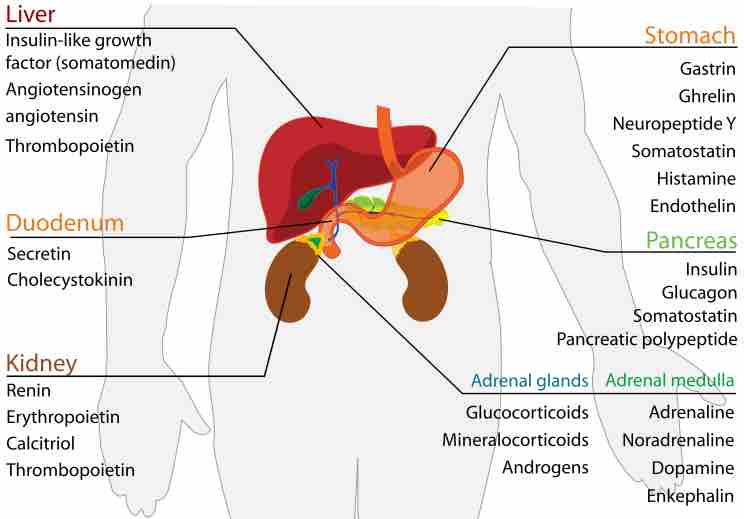
The endocrine system controls the release of hormones responsible for starting, stopping, slowing, and quickening digestive processes.